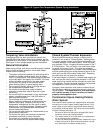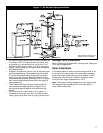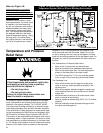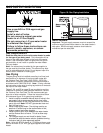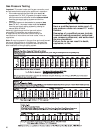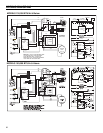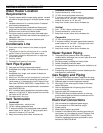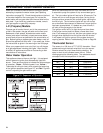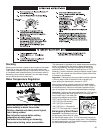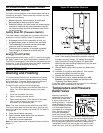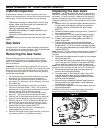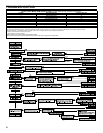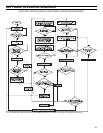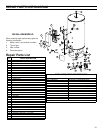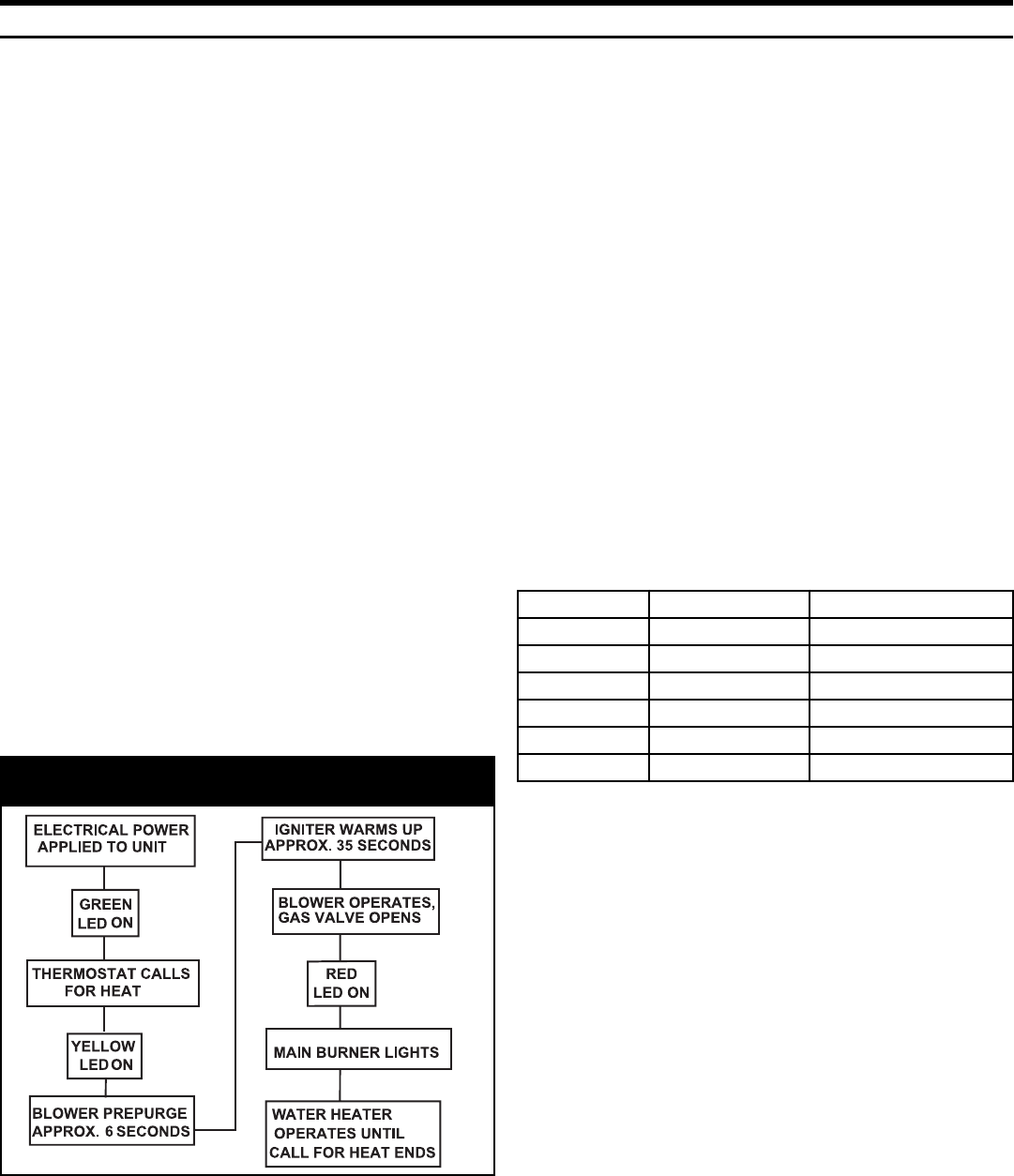
24
OPERATING YOUR WATER HEATER
Read and understand these directions thoroughly before
attempting to operate the water heater (see Operating
Instructions on page 25). Check the data plate on the front
of the water heater for the correct gas. Do not use this
water heater with any gas other than the one listed on the
data plate. If you have any questions or doubts, consult
your gas supplier or gas utility company.
L.P. (Propane) Models
Propane gas is heavier than air and in the occurrence of
a leak in the system, the gas will settle on the floor level.
Basements, crawl spaces, skirted areas under mobile
homes (even when ventilated), closets and areas below
ground level will serve as pockets for the accumulation of
gas. Before lighting a propane gas water heater, smell all
around the appliance at floor level. If you smell gas, follow
the instructions as given in the warning on the front page.
When your propane tank runs out of fuel, turn off the gas
at all gas appliances including pilot lights. After the tank
is refilled, all appliances must be re-lit according to their
manufacturer’s instructions.
Water Heater Operation
This appliance does not have a pilot light. It is equipped
with an electronic ignition that automatically lights the
burner. There are three lights to indicate the various stages
of operation; Green = Electrical power is on, Yellow =
Thermostat is calling for heat, which signals the beginning
of the ignition sequence (see figure 21), and Red = Ignition
control is signaling the gas valve to open.
Figure 21: Sequence of Operation
When the thermostat calls for heat, the blower will run for
6 seconds to purge the system of any accumulated gas or
air. The hot surface igniter will heat up for 35 seconds. The
blower will turn on and the gas valve open, forcing the air
and gas mixture across the hot surface igniter, causing the
burner to light. The hot surface igniter will turn off and act
as an electronic flame sensor to determine if burner ignition
has been accomplished. If it detects any loss of flame, it
will shut off the gas supply to the burner.
The ignition control will try to light the burner three times.
If the ignition control does not detect a flame after three
tries, it will temporarily lock out, but then auto restart and go
through three additional tries for ignition after 60 minutes.
It will repeat until ignition occurs or the system locks out
requiring service. Refer to Troubleshooting Guide on Page 28.
Thermostat Sensor
The sensor is a 10K ohm at 77°F (25°C) thermistor. Read
resistance through the black wires that run to the sensor.
Remove wires from circuit board before checking. An
open or short circuit indicates sensor failure. Check
reading against the following table. The resistance should
correspond with the temperature in the tank:
60°F 16°C 15,300 ohms
80°F 27°C 9,300 ohms
100°F 38°C 5,800 ohms
120°F 49°C 3,800 ohms
140°F 60°C 2,500 ohms
160°F 71°C 1,700 ohms
185°F 85°C 1,100 ohms



